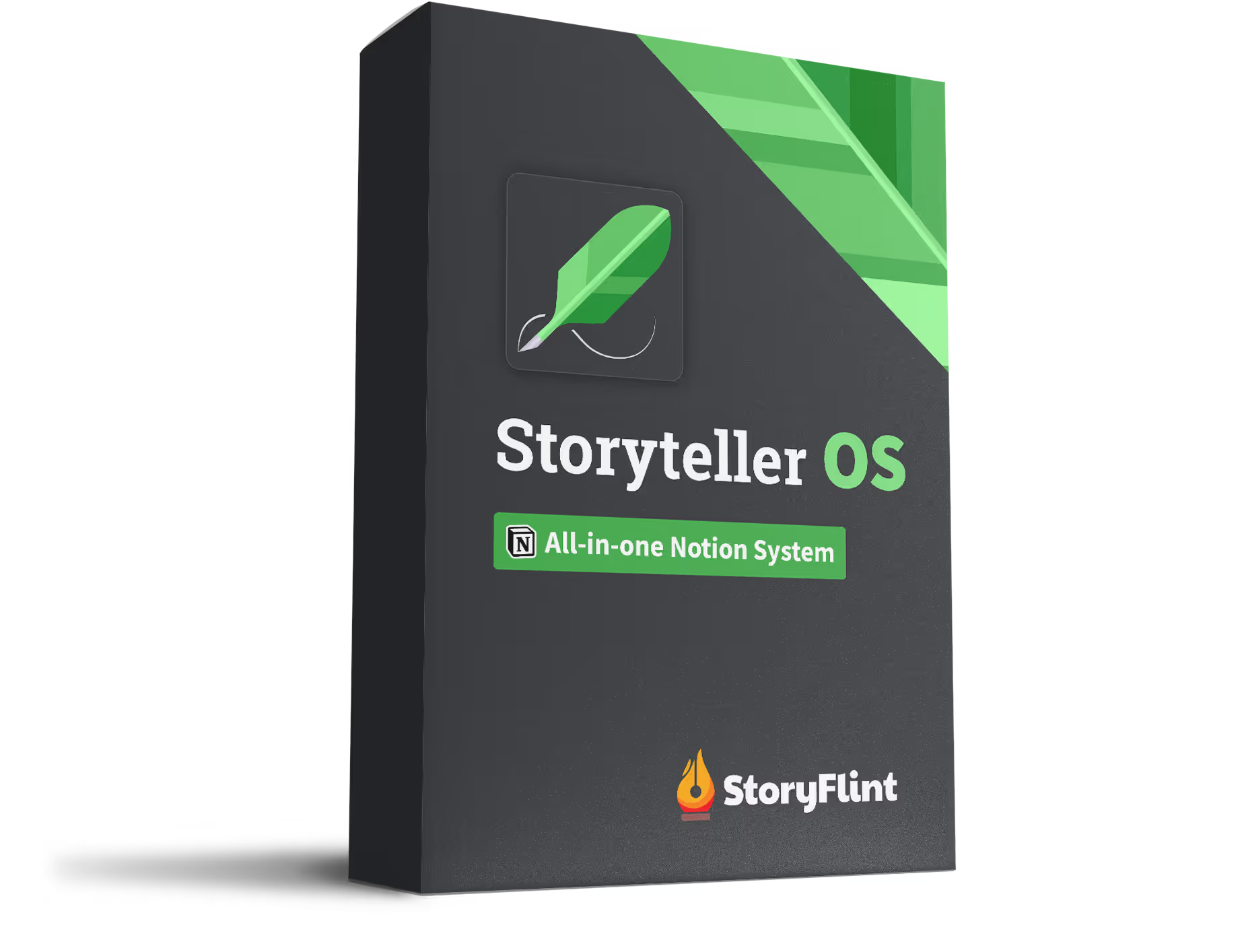Every story hinges on one thing: someone who wants something.
Not just a goal. Not just a character bio that says “likes: pizza, dislikes: Mondays.” But a fully developed character who changes, grows, resists, breaks, or burns everything down.
In my research, I’ve found that the most memorable stories don’t just have characters in them. They have characters driving them.
This article breaks down what character development really is, why it matters, the types of arcs you can build, and how to make sure your characters aren’t just standing around waiting for the plot to happen to them.
What Is Character Development, Really?
Character development is two things:
- Who your character is
- How they change (or don’t)
A great character is complex, flawed, motivated, and believable. They act like a real person or at least like someone your audience wants to watch.
Think of it as the process of shaping someone who feels real enough to frustrate you, root for, or shout at through the screen. It’s not just about what’s in their past. It’s about how their fears, desires, and values shift (or don’t) under pressure.
It’s the reason your audience keeps turning the page: to see who this person becomes.
When you truly know your character, the writing becomes less like guessing and more like following.
The Character Arc: From Want to Need
A character arc is the emotional journey of your character. It tracks who they are at the start, what shakes their world up, and how they end up changed.
The typical stages:
- Setup (normal life, flaws, desires)
- Inciting Incident (a disruption)
- Rising Action (obstacles and revelations)
- Climax (the big choice or transformation)
- Resolution (the new normal)
The best character arcs show a shift from what a character wants to what they actually need.
3 Types of Character Arcs (With Famous Examples)
1. Positive Change Arc 🌟
The character starts flawed, afraid, or naive.
By the end, they’ve grown—learning a core truth, embracing change, or stepping into their power.
Example: Harry Potter
Starts: Ordinary, unwanted boy living in a cupboard.
Ends: Courageous wizard who chooses sacrifice and loyalty over fear.
Key moment: Facing Voldemort alone in The Philosopher’s Stone, proving he has the heart of a hero.
Read more about writing a positive change arc.
2. Negative Change Arc 🚨
The character starts decent. But something inside them (flaws, trauma, pride) pulls them down.
Example: Walter White (Breaking Bad)
Starts: High school chemistry teacher trying to provide for his family.
Ends: Drug kingpin who loses everything to ego and control.
Key moment: He doesn’t just break bad. He chooses it. Over and over.
3. Flat Arc 🚫💡
The character doesn’t change much. But they cause change in others.
Example: Sherlock Holmes
He’s always the same brilliant, emotionally distant detective. But his presence changes Watson. The case gets solved. Order is restored.
Flat arcs work best when your character already knows the truth and is surrounded by people (or a society) that doesn’t.
The 4 Essentials of Strong Character Development
1. A Clear Want
Your character should want something specific and measurable. Not just "happiness" or "freedom." Something tangible that drives them.
2. A Deeper Need
The thing they actually need, even if they don’t realize it. This is usually internal—like self-worth, forgiveness, or connection.
Read more about writing character motivations.
[.ai-prompt]Use this AI prompt to help you out:
"Help me define what my character wants versus what they truly need. Here's what I know about them: [insert character background]."[.ai-prompt]
3. A Backstory That Matters
Their past informs their present. You don’t need a 10-page origin story. Just enough to explain their fears, strengths, or blind spots.
Read more about writing a character backstory.
4. A Flaw or Fear
Something holding them back. Something they must overcome, face, or tragically fall to.
“Your story moves forward when your character is forced to confront the thing they’ve been avoiding.”

Famous Characters with Solid Arcs
Here are a few favorites that follow the rules above:
Katniss Everdeen (The Hunger Games)
Starts as a survivor who distrusts everyone. Learns to lead, trust, and stand for something bigger than herself.
Elizabeth Bennet (Pride & Prejudice)
Starts proud and a bit snobbish. Ends humbled, open-hearted, and changed by love.
Luke Skywalker (Star Wars)
Starts whiny and impulsive. Learns control, wisdom, and selflessness. Classic positive arc.
Each one starts with a want. Each one faces loss, temptation, or failure. And each one ends up somewhere new—mentally, morally, or emotionally.
What If Your Character Doesn’t Change?
That’s okay. But the world around them should.
Flat arcs are useful in:
- Mystery or detective stories
- Superhero origin tales
- Stories about standing firm in belief
Just make sure your character has a strong internal code—and they’re up against something trying to shake it.
A Tool to Help You Develop Characters Faster
Want a shortcut that doesn’t feel like cheating?

The Ultimate Character Builder helps you:
- Map out wants, needs, and flaws
- Build meaningful arcs with intention
- Create memorable, believable characters without guesswork
It even includes Enneagram options and over one hundred character development questions to bring your characters to life.
Final Thought: Your Character Is Your Story
Plot is what happens. Character is why it matters.
If your story feels like it’s missing something, it’s probably not the worldbuilding or dialogue. It’s probably the lack of transformation.
So start there.
Define who they are. What they want. What they need. Then break them a little. Watch what happens.
Want help? The Ultimate Character Builder is ready when you are.
Bonus Read: If you’re building an entire cast, try our guide on How to Build Dynamic Characters.




